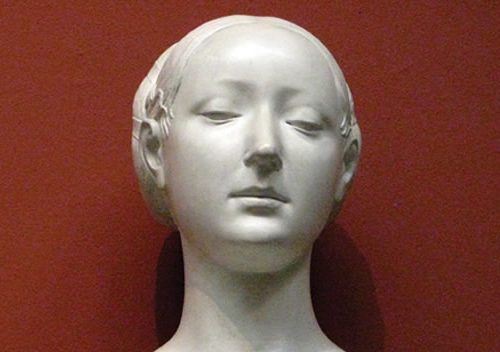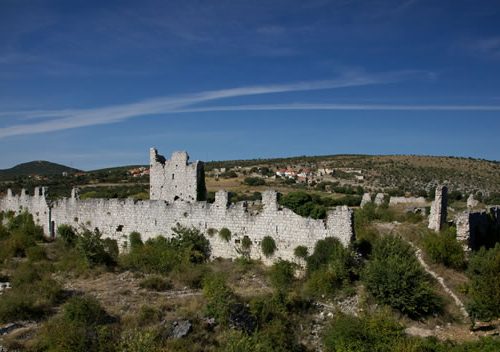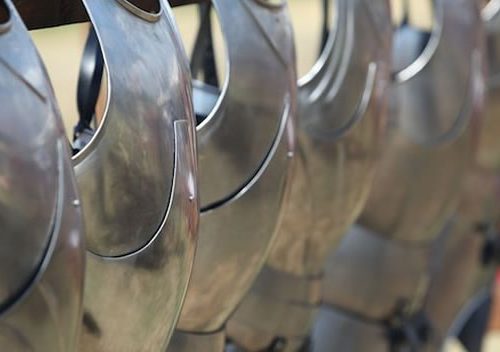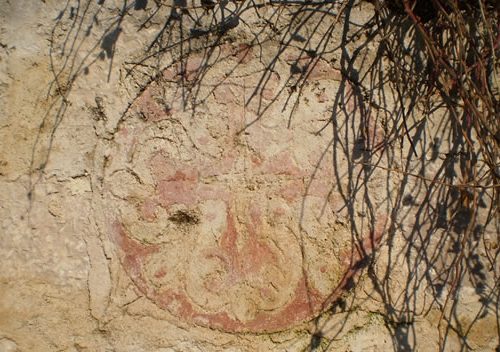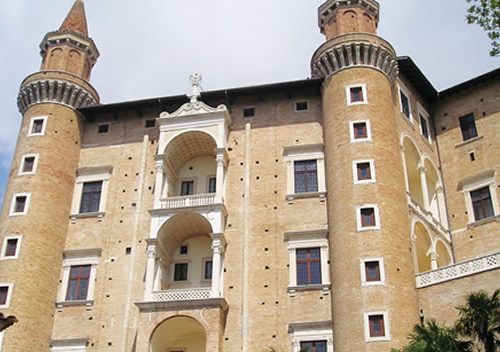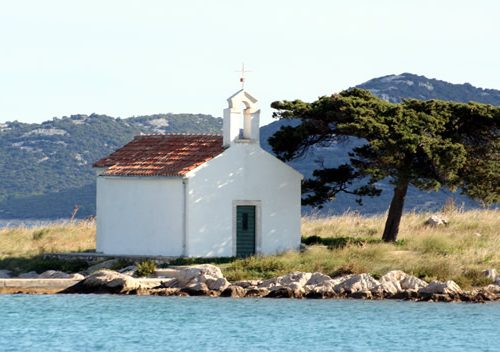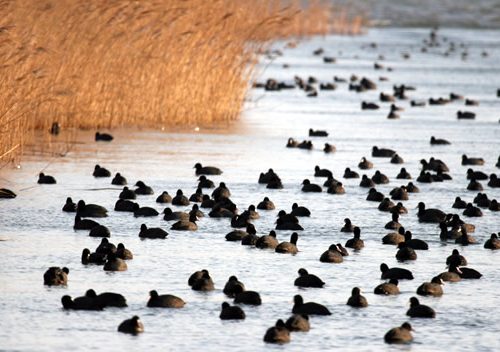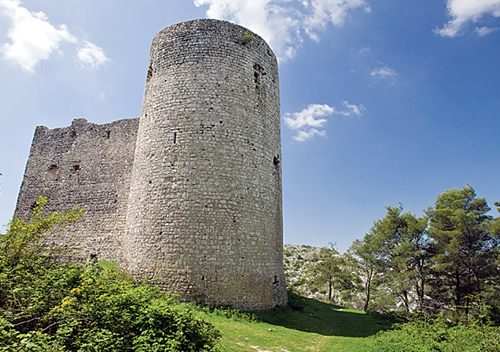GOOD TO KNOW

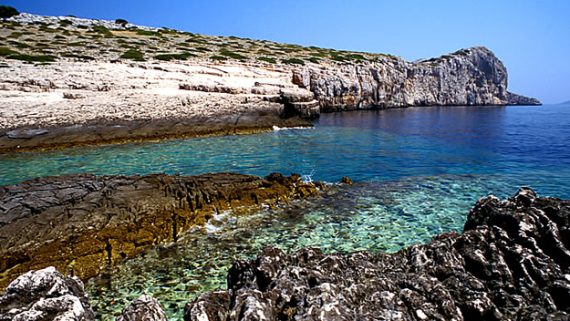
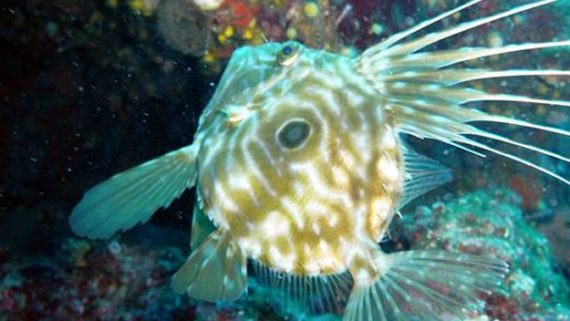

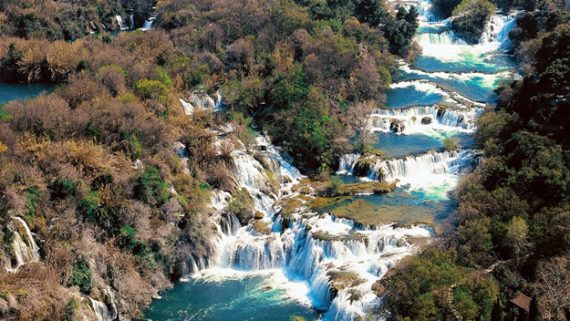
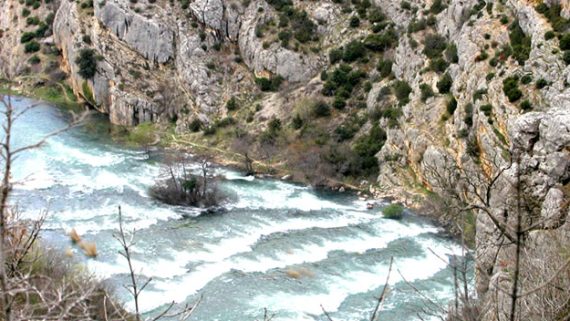
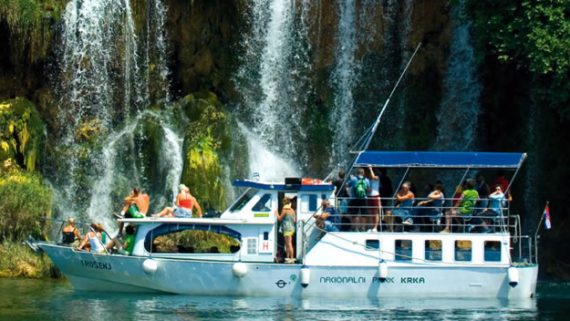

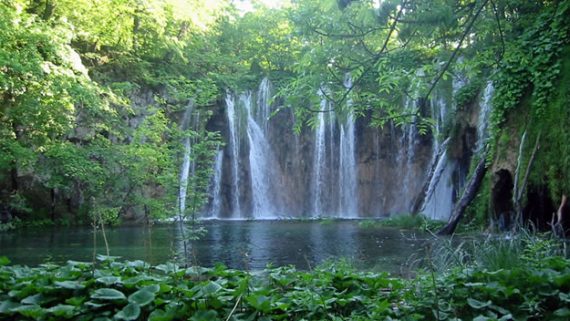
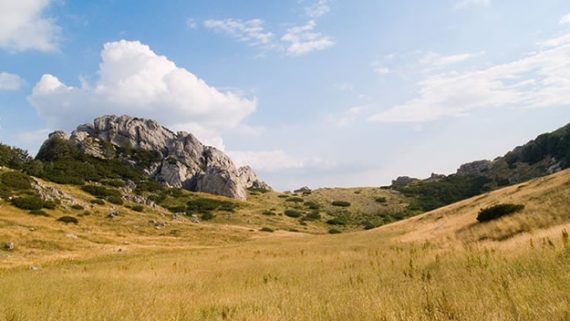
National parks
The areas of the four National parks are one reason why so many invading armies plundered this region throughout its thousand-year history. The Avars, the Celts, the Austrians, the Venetians, the French, the Turks, the Italians, the Yugoslavs… they all wanted to claim this small piece of land for themselves.
The river basins of Plitvice and the Krka River, the Paklenica Canyon carved into the mythical Croatian Velebit mountain range and the Kornati island archipelago all live in unique diversity but at the same time in unique harmony as rarely seen anywhere else in the world, in an expanse no larger than the palm of God’s hand.
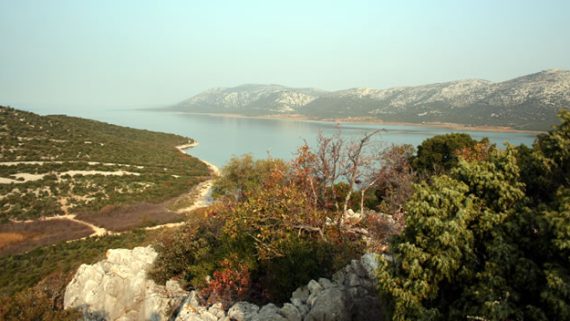
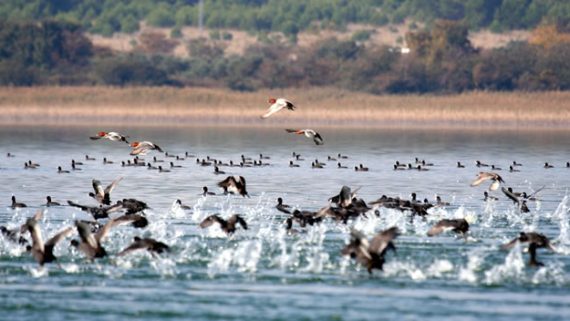
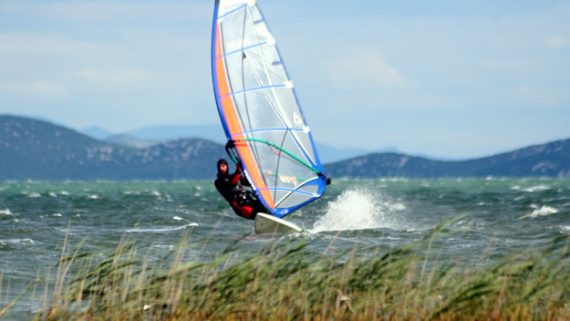
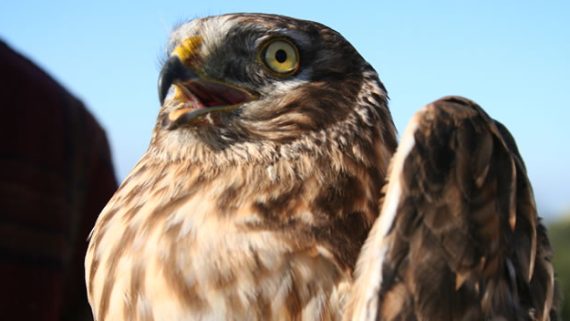
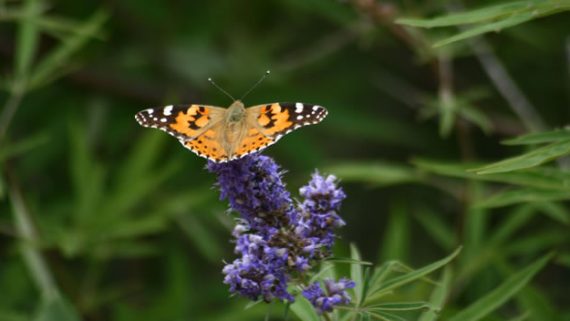
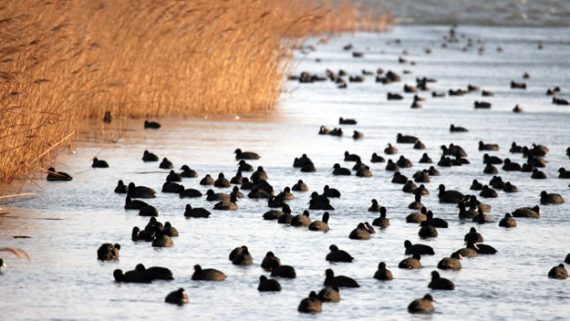
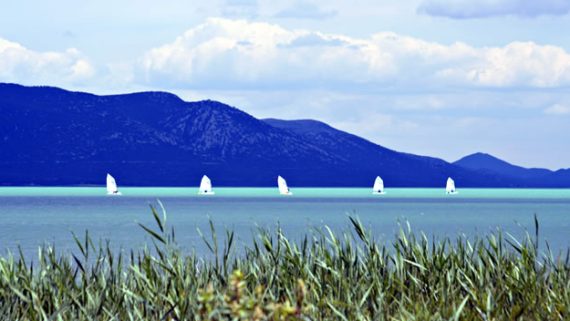
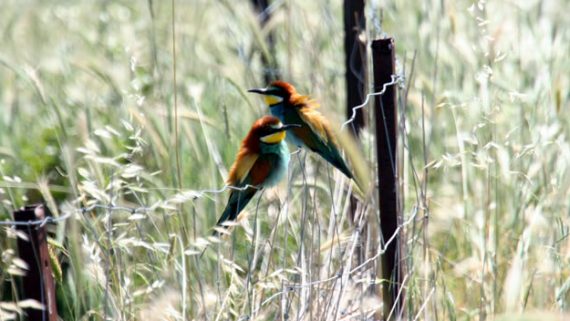
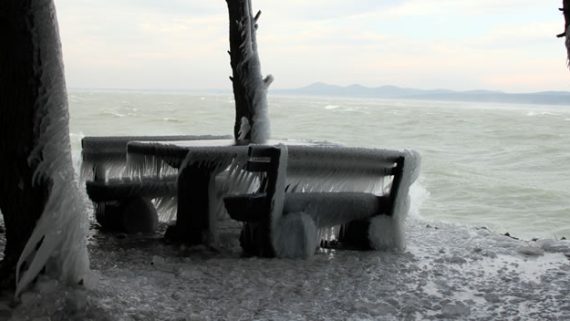
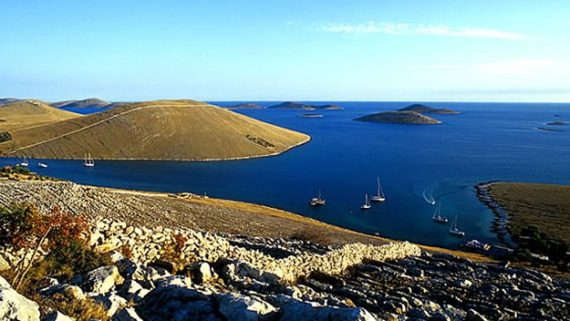
Nature parks
Two Nature parks are in the immediate vicinity of Pakoštane. If we imagined the Creator resting, he would be lying in the shallows of one of the Pakoštane beaches, with His back resting on LAKE VRANA and with the toe of His right foot touching TELAŠČICA.
As with everything else, these two Nature parks are also characterised by their diversity. The LAKE VRANA Nature Park is submersed in freshwater, while the TELAŠČICA Nature Park in salt water.
Cities
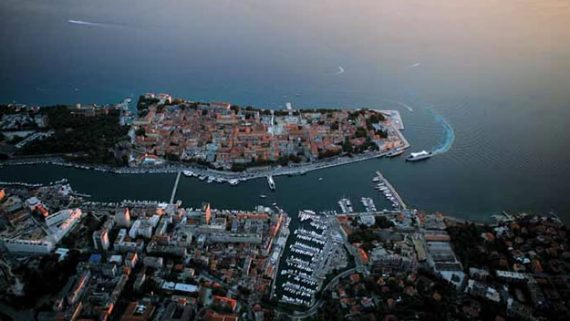
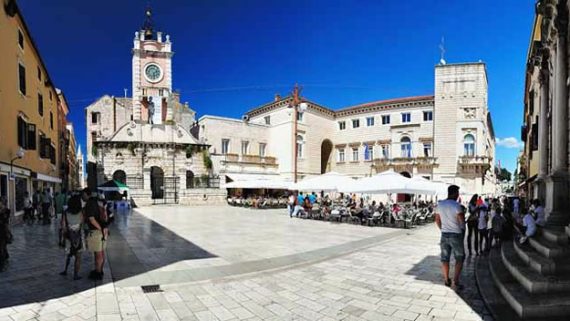
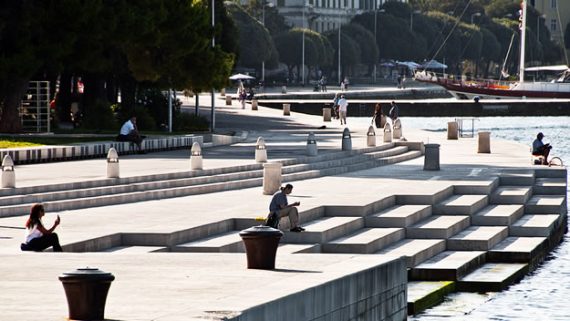

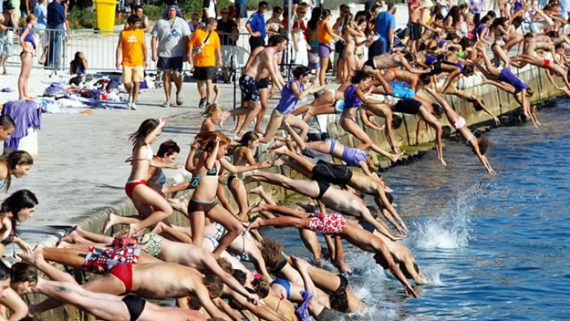
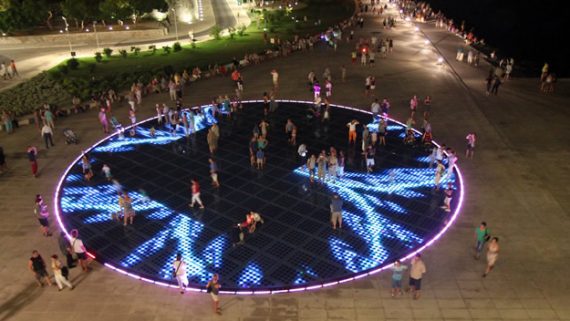
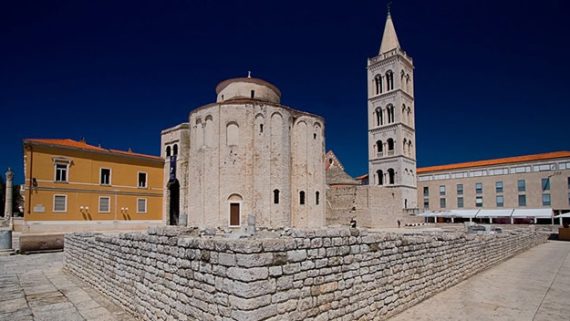
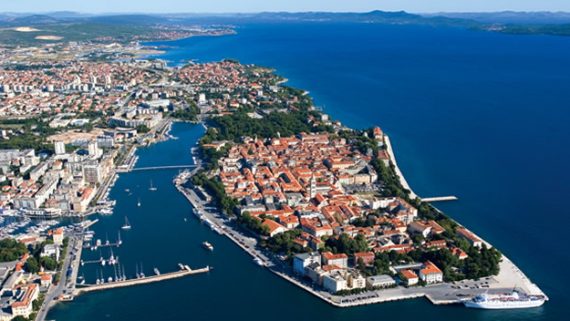
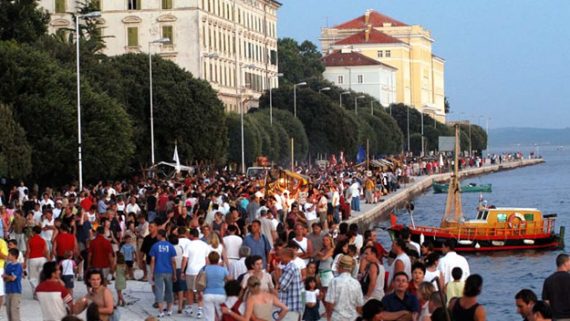
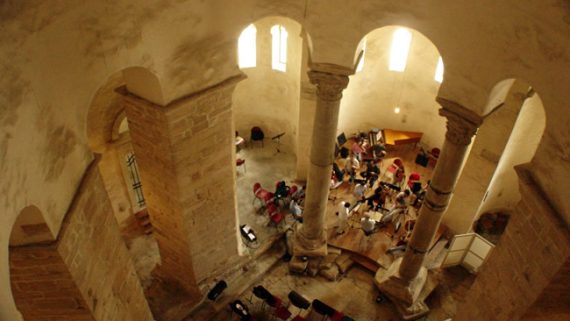
Zadar
Three-thousand-year old Zadar today lives without its peers. Many cities established at the same time as it was are today deep under the fields, some cannot even be found by archaeologists; only Zadar is a lively ‘old man’ who is once again reliving his youth for the umpteenth time. What’s more, as of recently, he even started playing the sea organ.
Zadar has always been a city of bell towers, the foundation stone of Christianity in this region. It is worth visiting its churches and Benedictine treasury of sacral art, but also to stroll along the streets of the old quarter where the spirit of the thousands-year old Mediterranean city still lives on.
A highly urbanised city designed in the time of Jesus Christ, during the reign of the Emperor Augustus and according to the plan of peculiar Etruscan builders, it has retained to the present day, as a projection of a heavenly city, an air of this mysticism.
Under the foundations of the many churches, city palaces and bastions, intertwined in the centuries-old roots of the city, hides the mystery of the longevity of this lively ‘old man’.
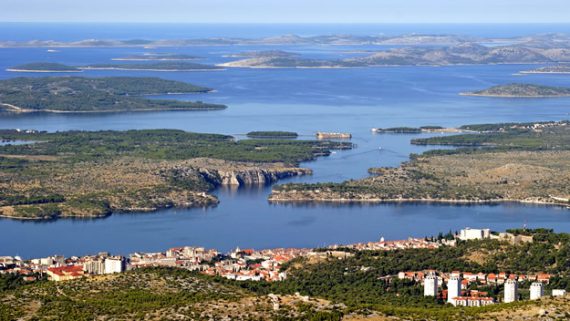
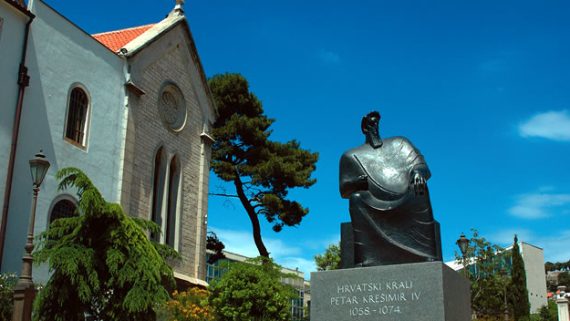
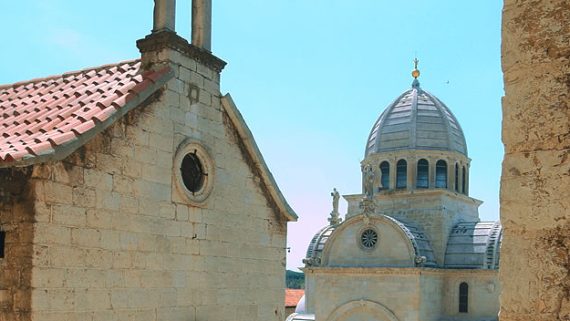
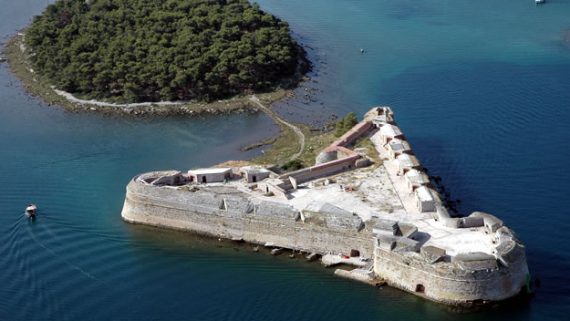
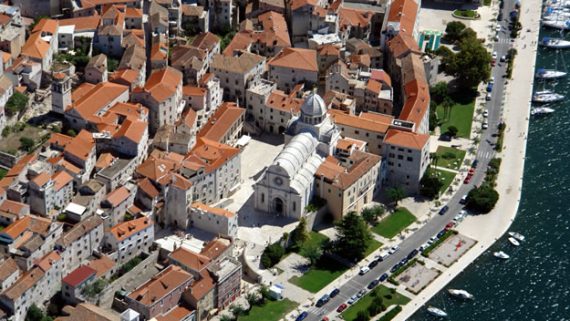
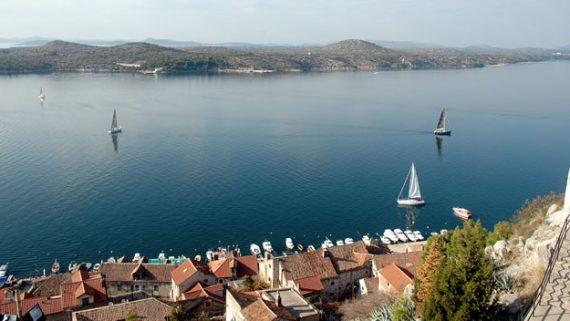
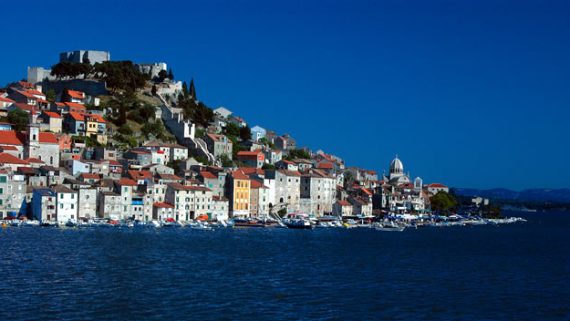

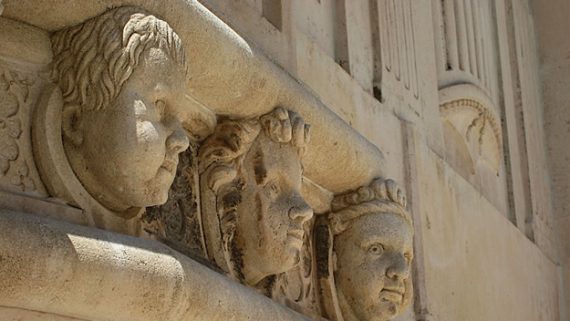
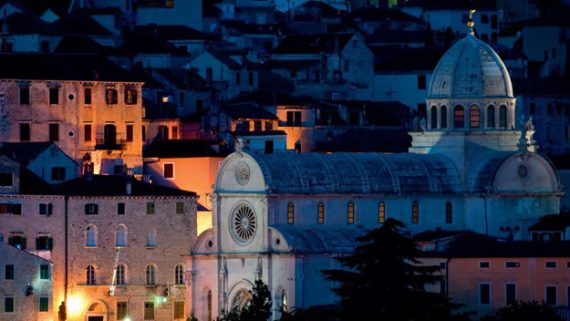
Šibenik
One of the most beautiful stone cities of the Mediterranean. Unless you’re walking barefoot, your steps will ring loudly on the stone portals, squares, city palaces and churches of this unique Croatian city. Looking down on you from the Church of St. Jakov are seventy one builders, bricklayers, carpenters, painters, farmers, fishermen… their wives and children, as the dead guard of UNESCO heritage.
An expressly acoustic city, it has borne forth the noblest Croatian singers and composers, while to the children of the world it offers its stone walls as a resounding stage, a frame for their art: drawing, acting, joy and song.
Šibenik is submerged in natural heritage. In its immediate vicinity are the National parks the Krka Waterfalls and Kornati, a truly rare blessing of beauty.
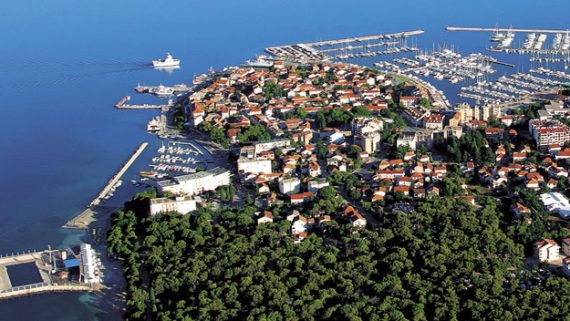
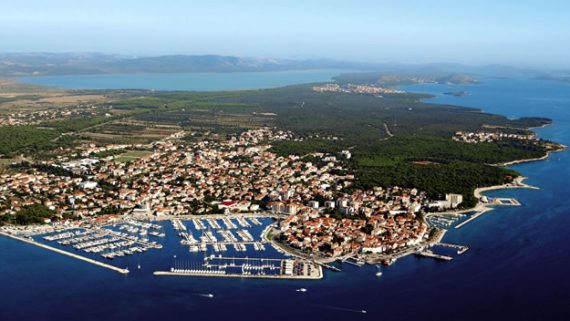
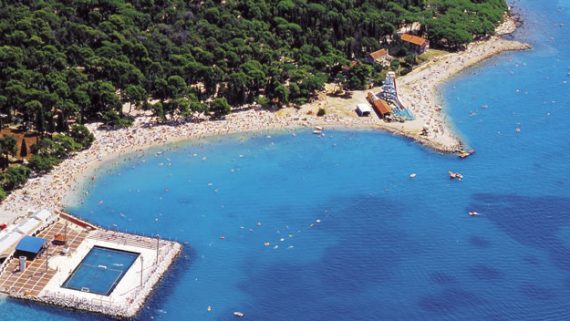
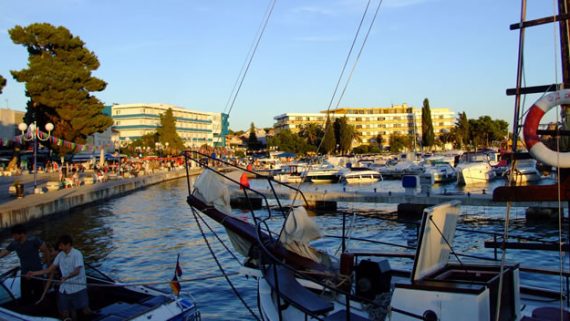
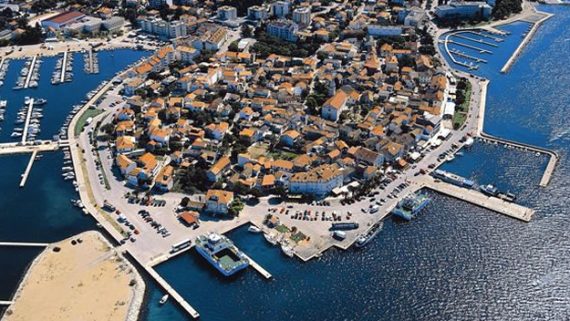
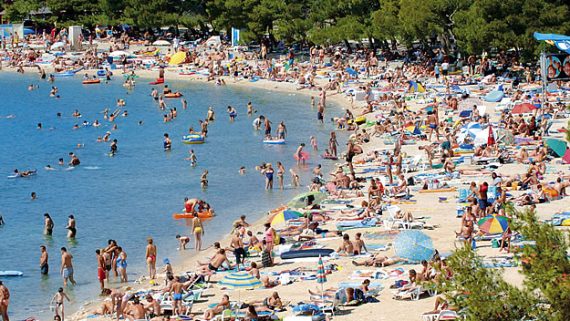
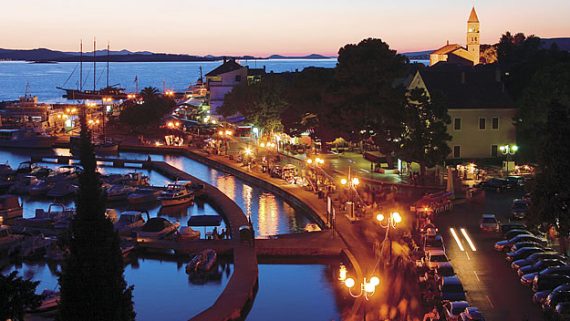
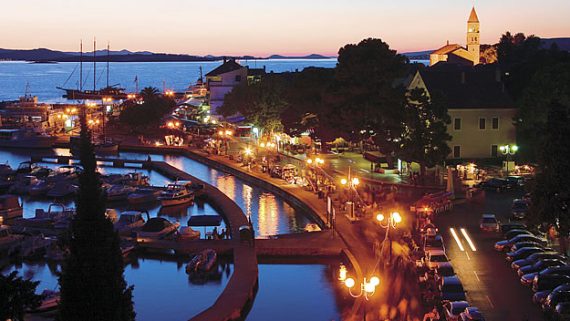

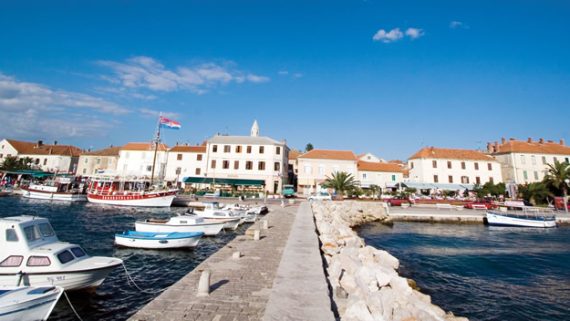
Biograd
This is the centre of nautical tourism in the Adriatic, whose inhabitants jokingly call it “the small city by the marina”. Masts pierce the heavens as once the spears of horsemen did long ago in 1097, when the Norman princess Buzila, the betrothed of King Koloman, disembarked at this locality. It is not known whether she arrived at dawn, but since then this beautiful city has been known by the name Alba (dawn). Kings have always loved this small city, a fact you too will become convinced of when, in Biograd, they tell you the story of King Petar Krešimir IV and his visit to a poor villager on a long ago Christmas Eve during the king’s reign.
It will probably seem unreal to you especially from the perspective of today’s political and heavy times. It was demolished to its foundations a number of times; it shared the destiny of many cities on the Adriatic.
Points of interest
Did you know that Maškovića Han is the most western Turkish fortress?
Did you know that Jusufpaša Mašković was killed by his own troops for showing mercy to those he defeated?
Did you know that the sculptor Francesco Laurana, who is in the permanent exhibition of Paris’ Louvre, right by Michelangelo, was from Vrana?
Did you know that the builder of the Duke’s palace in Urbino (Italy) was also one of the greatest renaissance builders in Italy, Luciano Laurana of Vrana?
Did you know that the names of some Pakoštane brotherhoods are carved into the church bell?
Did you know that the statue of St. Andrew in Vrgada – the patron saint and protector of fishermen, arrived by sea himself?
Did you know that in Vrgada, on the corner of one house, there is a stone built in on which the townsfolk sharpen their knives and agricultural tools? And that this corner stone is called puševbrus?
Did you know that Drage was inhabited back in prehistoric times?
Did you know that the huge stone blocks above which you swim from the Janice beach to Grafulin are actually the remnants of the ancient port of Dijana?
Did you know that the Pakoštane region is unique in the world because it is located in the centre of a triangle of three morphologically different National parks? The Paklenica Canyon (austere mountain), the Krka Waterfalls (river basin) and Kornati (island archipelago).
Did you know that in the evening, sometimes over 100,000 birds rest on the surface of Lake Vrana?
Did you know that bats always turn left when they come out of a cave? Keep this in mind when you venture on excursions in the surrounding area.
Did you know that on average a man smiles about 15 times a day, while a man spending his summer in the Pakoštane Riviera smiles more often?
Photo excursion
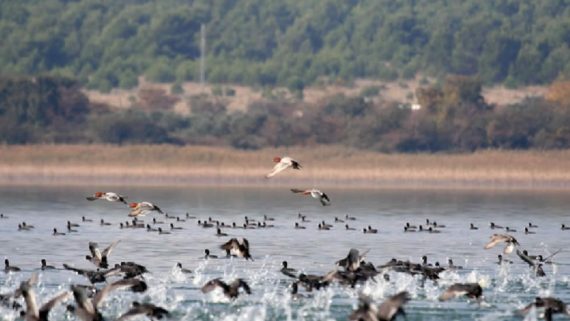
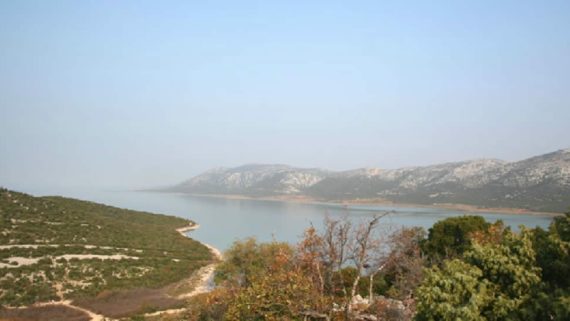
LAKE VRANA
This is the largest freshwater lake in Croatia as well as in the surrounding region; it has a turbulent and laborious history. At one time a many times larger marsh, with heroic self-denial and persistence of the noble Borelli, it was transformed into a picturesque lake.
With innumerable old effluents, today the large Pakostane field is a farming area which has fed this region throughout the years. Some legends say that in the depth of the lake sleeps a fearsome dragon, but what is not a legend is the Ornithological reserve, a natural habitat for aquatic birds.^
On sunny winter days up to 100,000 birds float and bob on the water, enjoying the mild climate and abundance of food. The multitude of fish and fishing for the big catch are a daily happening on Lake Vrana. Catches of 200 kg ‘monsters’, most often catfish, are not at all uncommon.
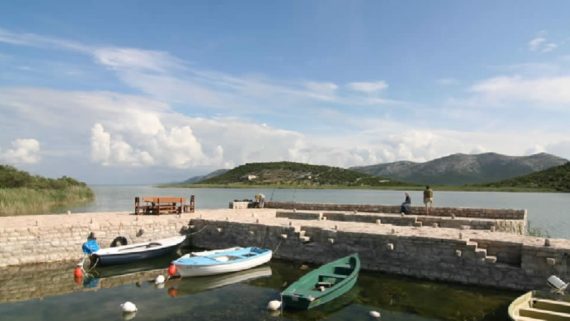

PROSIKA
At the southern most part of Lake Vranais, there is a small dock for mooring boats, with bathroom facilities and a fisherman’s cottage from the 19th century which has been renovated in the traditional style, all right next to a canal which connects the freshwater lake with the salty sea water like an umbilical cord.
A short stroll to the north will lead you to a birdwatching tower from which, in good weather, you have a view of the entire lake. If you head south, with a short stroll along which you will find information boards, you will arrive in a locality called Jugovir.
In times of strong southerly winds, when the level of the sea rises, here the sea breaks through and heads towards the lake. This very place is the location of Borelli’s fisherman’s cottage from the 1 8th century which in the past served as an overnight shelter or storage location for fishermen or as a control point for guards monitoring the fishing of eels, which in this place migrate in the greatest numbers towards the sea and back.
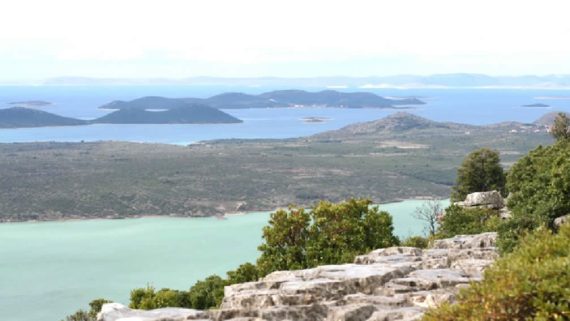
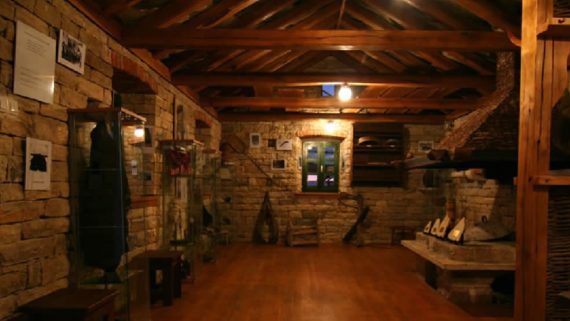
KAMENJAK LOOKOUT POINT
In 2006, at the top of the Kamenjak hill, above the middle of Lake Vrana, a lookout point of the same name was erected (Project CARDS 2002).
The two connected buildings were built and decorated in the traditional style, and next to them are large information boards which tell the story of this region over two thousand years, a large plateau with benches for rest and enjoyment, a panoramic telescope and most importantly, a view of the entire lake, of the beginning of the Kornati archipelago, of the Island of Murter, and of Pirovac, Drage, Pakostane…
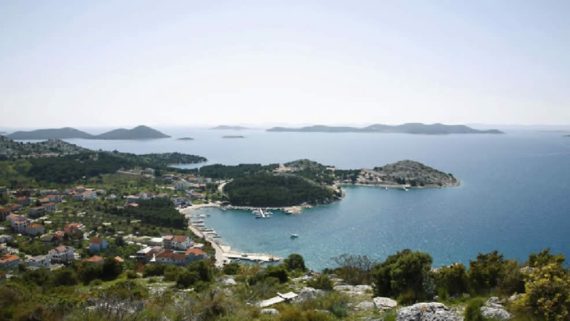
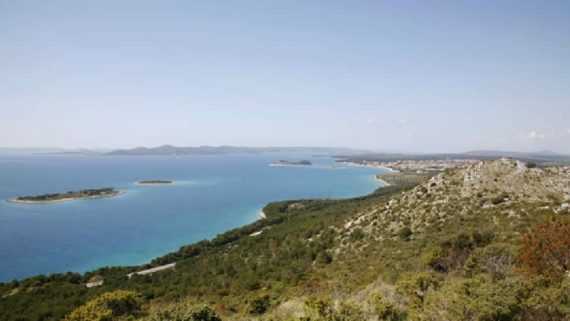
CELINKA
It has always been said that a good lookout point should offer a view “… like one from an airplane”. The Celinka hill above Drage is precisely such a place, offering a magnificent view of all four sides of the world.
Drage is on one side. West of the locality glitters the blue sea with a handful of small islands which seem to be just out of reach. Somewhat to the north is the Pakostane Riviera, while to the east lays Lake Vrana. This locality will truly take your breathe away, like it did back in ancient times to the first inhabitants of this region, who built their first settlement on this very locality.
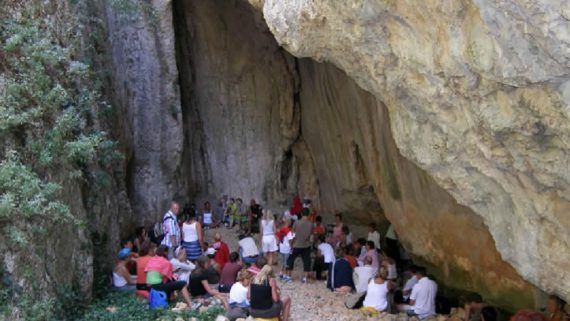
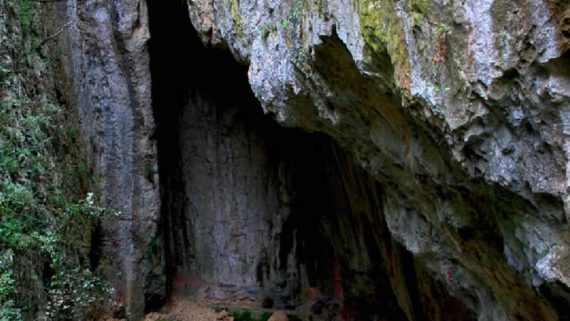
CAVE SOURCE
During the summer heat when even the thick shade of the pine trees does not offer enough respite, come to this place. Without fear of being laughed at, be sure to bring along a tracksuit, you’re going to need it.
In summer the waters which were abundant in the autumn dry up. Long ago, when the inhabitants of the Roman Empire walked these plains, drinking water flowed from here through aqueducts all the way to Zadar.
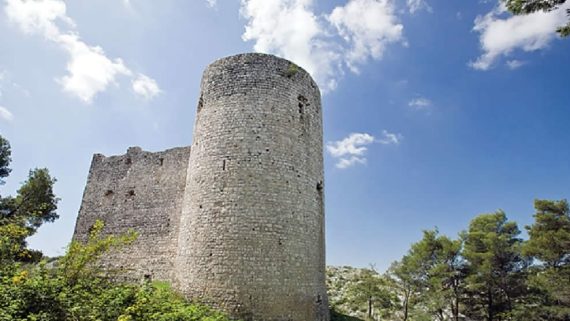
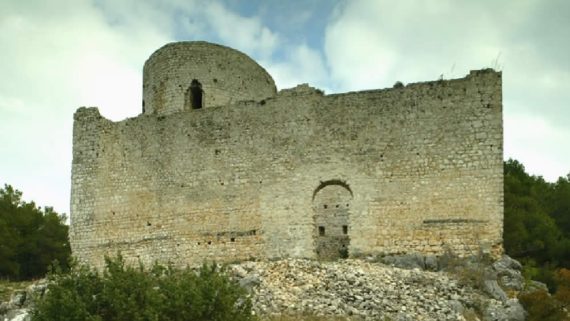
KLIČEVICA
The Benkovac region is criss-crossed with forts; evidence of the centuries of battles against conquerors. The first fort, built for the purpose of defence against two impending forces, the Venetians from the west and the Turks from the east, is Klicevica, which was erected by the Kurjakovics in 1454.
Regardless of how devastated it is today, the foundation layout is well preserved, with high surrounding walls and a tower. Overgrown with nettles, Klicevac reminds us that Cesar’s troops on their path of conquest made nettle famous, as a remedy for arthritis and other rheumatic diseases, but also as healthy food.
 Hrvatski
Hrvatski English
English Deutsch
Deutsch
